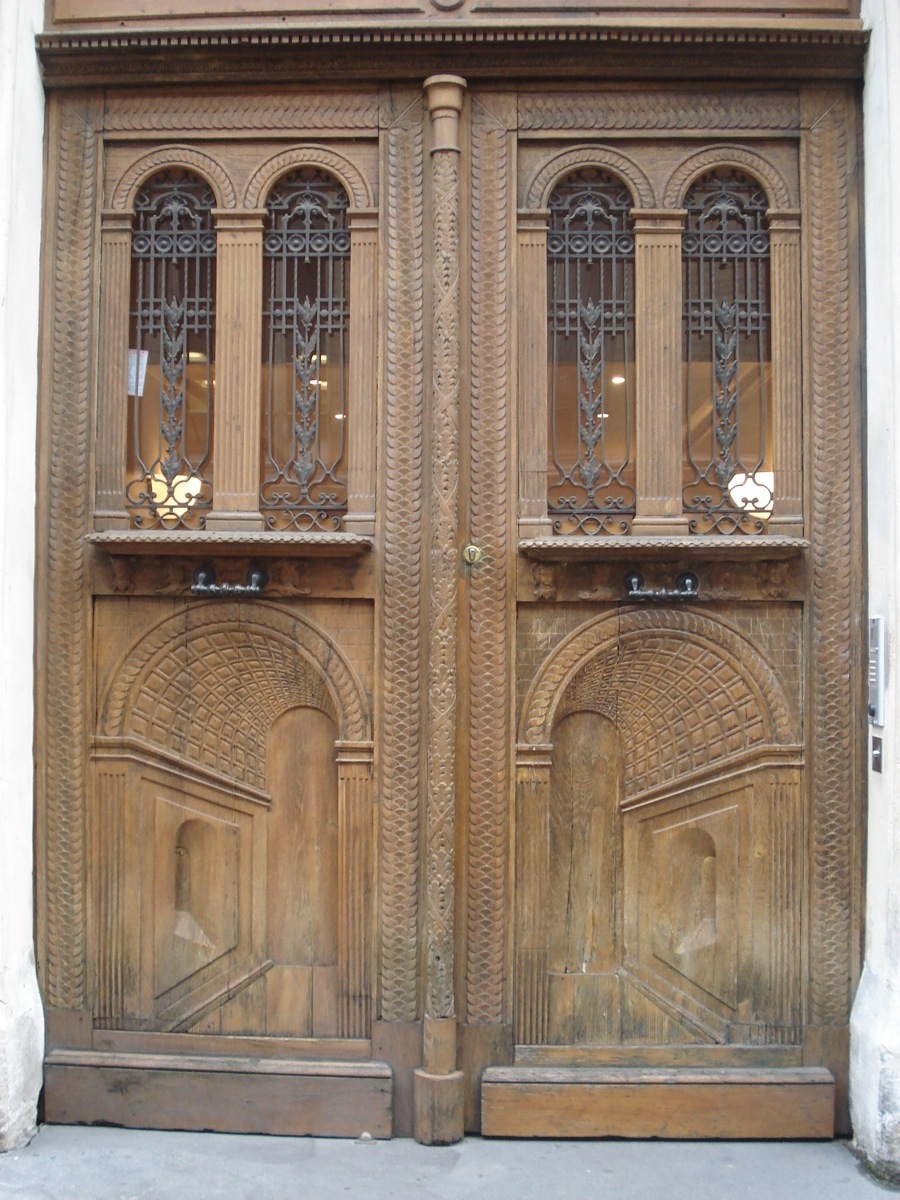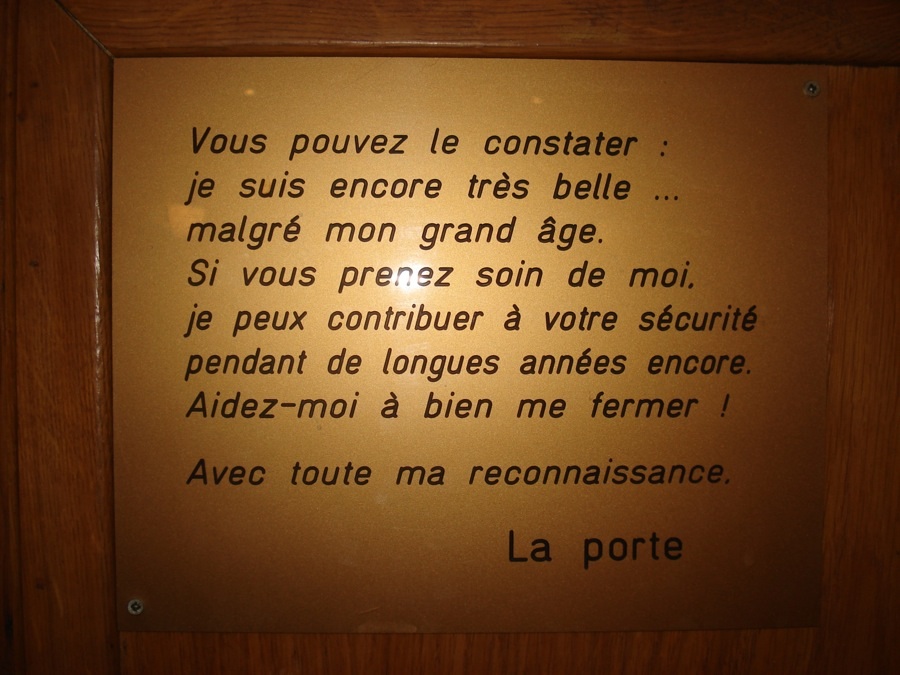Break on Through to the Other Side
 In ‘Where are the Missing Masses? Sociology of a Door’, Bruno Latour says that when sociologists measure society in all the many ways that they do, they still fail to identify those forces which make the whole thing stick together. Observations of all the human institutions of religion, education, government, family, language, nation, and so on do not, says Latour, add up to the social forces that are quite clearly at work, but whose existence we can only infer from their effects on those things that we can observe. Latour’s innovation is to suggest that we are mistaken if we only measure what is human. Instead, we should also take into account the role of the non-human, of objects.
In ‘Where are the Missing Masses? Sociology of a Door’, Bruno Latour says that when sociologists measure society in all the many ways that they do, they still fail to identify those forces which make the whole thing stick together. Observations of all the human institutions of religion, education, government, family, language, nation, and so on do not, says Latour, add up to the social forces that are quite clearly at work, but whose existence we can only infer from their effects on those things that we can observe. Latour’s innovation is to suggest that we are mistaken if we only measure what is human. Instead, we should also take into account the role of the non-human, of objects.
This non-humanist, or post-humanist, worldview yields some interesting results for those of us who are interested in the built environment. Clearly, the built environment is a human product, but this does not mean that it cannot produce its own consequences, independent of human intention or even knowledge. Doors require opening and closing. Who is to do this work, and what kinds of social practices develop as a result?
This elaborate carved door to an ordinary-looking apartment building in Paris draws our attention. It is the first line of defence for the security of those who live in the building, and clearly there seems to be a problem with how well it is doing its job. How do we know this? Because the following notice is affixed to the inside of the door:
 Please excuse the photography. The notice may be translated as follows:
Please excuse the photography. The notice may be translated as follows:
Why has nobody attached a hydraulic door-closing arm to this door? Possibly because the door is too valuable an antique to desecrate in this way. Or possibly because it is cheaper to put up this plaque. Why not just put in a modern door? Probably because the door is cherished for its aesthetic properties. What is happening is that the door is enlisting our help because it cannot perform its task properly. Its beauty and its age are not its greatest assets, as it would have us believe, rather they are its weakness. The mode of address, from the door to its user, is interesting too. The door needs to remind us how to operate it, that is, how to behave in relation to it. Design usually aims to perform functions on our behalf, instead of us, to save us the trouble; but then it relies on us to operate it properly, or to know how to act in its presence. Revolving doors require a very specific mode of behaviour, for instance. Hinged doors, such as this one, need to open and, especially when our security is at stake, to close when we need them to.
It may be objected that the message is not actually from the door, it is a statement by a human that has been affixed to the door. This is true, and Latour would concur, as his call to pay attention to the social lives of objects is not so naive as to anthropomorphize them. He does not propose that the door addresses us. Rather, he proposes that the social world is mediated through designed, technological objects, and this door is one of them. The particular features of this door results in a particular kind of social relation and mode of address – humorous, admonishing, friendly, self-deprecating, apologetic, and so on. The problem that people have not been closing this door properly in the past is a problem for the social life of a particular set of humans, and so the door has become the medium through which one group communicates its frustration with another group. The door and its functionality, or non-functionality, are part of the glue that holds this microcosm of the social together in a particular network of relations.
And I bet you thought I would talk about the trompe-l’oeil carving.